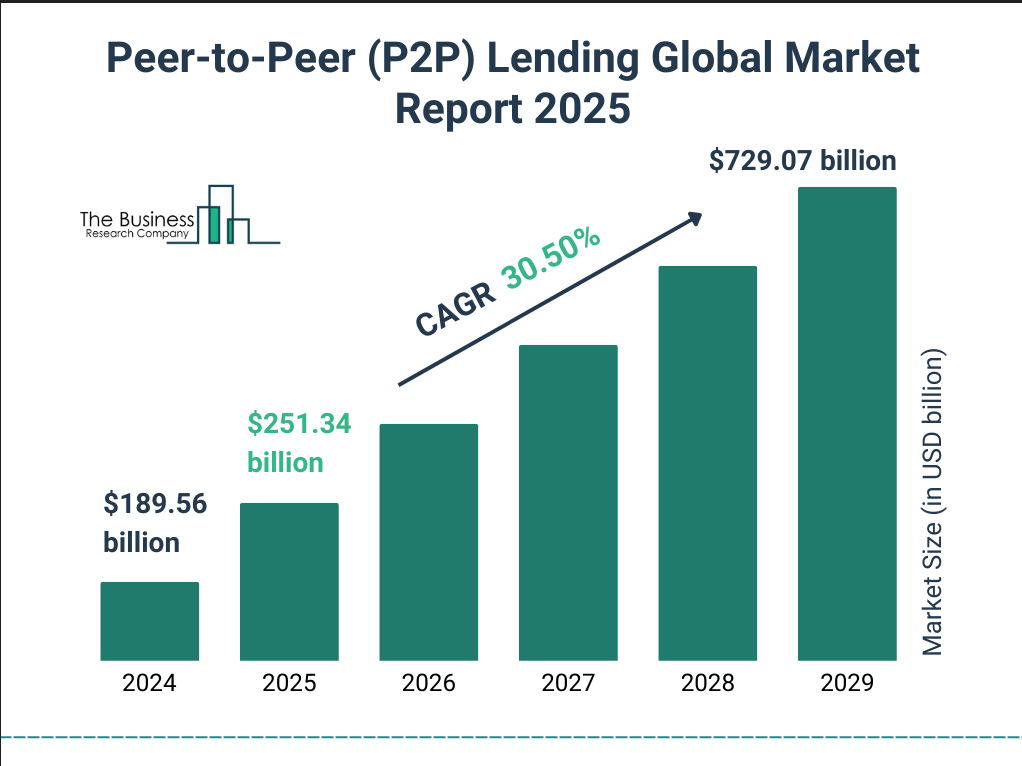
What Are Institutional Investors?
When we talk about investors, it’s not always your average person putting a few bucks into a savings app. Institutional investors are the big players, the heavy hitters of the financial
world. Think banks, insurance companies, pension funds. The kind of people who manage billions on behalf of others.
Instead of leaving that money in a safe savings account, they’re constantly looking for smart, profitable places to park it. Stocks? Sure. Real estate? Definitely. And more recently, they’ve started dipping their toes into peer-to-peer lending, too. When they invest, they invest a lot, and
their investments can shift entire markets.

Why Are They Interested in P2P Lending?
P2P lending used to be a small idea. But as more people borrowed and more people lent money, it grew into a big business. And when businesses grow, big investors notice.
These investors saw that P2P lending could give them good returns (that means they could earn more money than from regular savings or even the stock market sometimes). So they started putting in millions of dollars. They also like that these platforms use data and algorithms and they can make money quickly through short-term loans. And finally, this presents a smart way for them to diversify their portfolio.
In fact these resources allow individuals and entities to diversify even further by spreading their investments amongst many different loans that they finance, since they share the risk with numerous other people in each endeavor they help finance. Once such platform is 8lends.
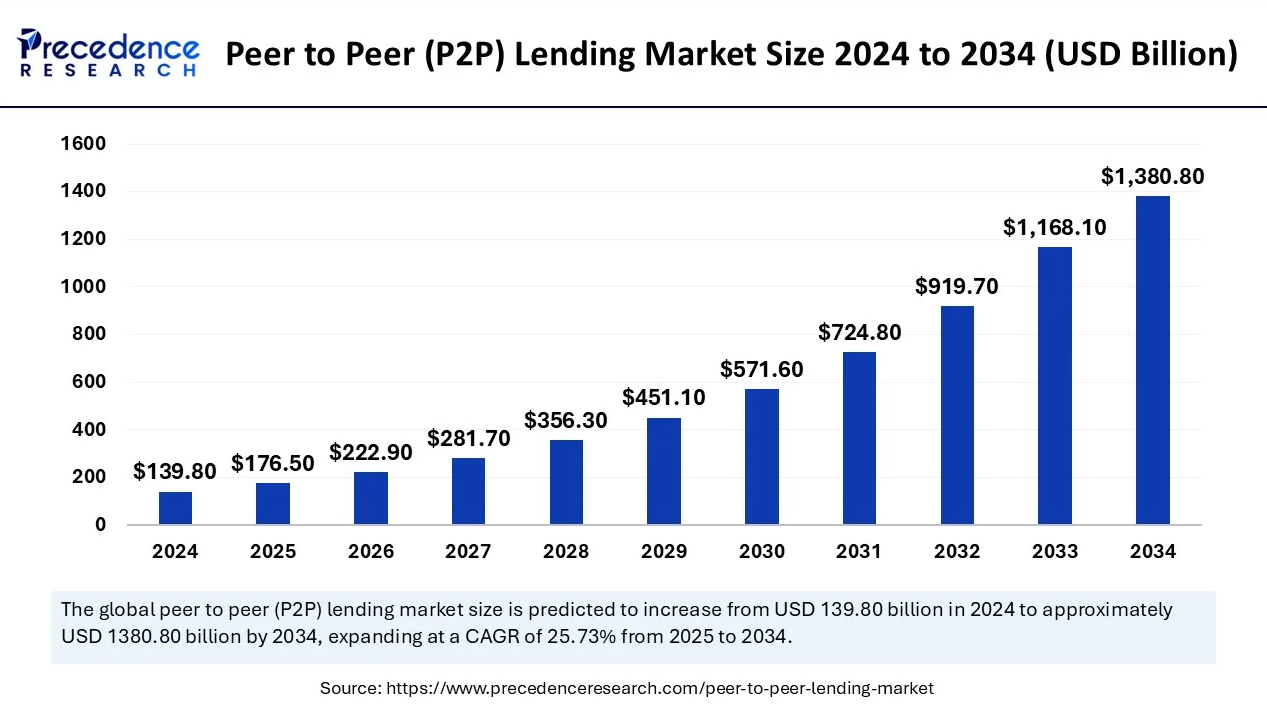
What Happens When these Big Investors Join the Game?
Let’s say you and your friends are all playing a game at recess, and then a group of older kids comes in with more experience and better gear. That changes the game, right? The same thing is happening in P2P lending.
When big investors enter the platform:
- There’s more money available, which helps the platform grow and serve more borrowers.
- Borrowers might get loans faster because there's more money ready.
- Platforms can build better tools, like mobile apps and risk analysis systems. That all sounds great, but everything isn’t totally rosy.
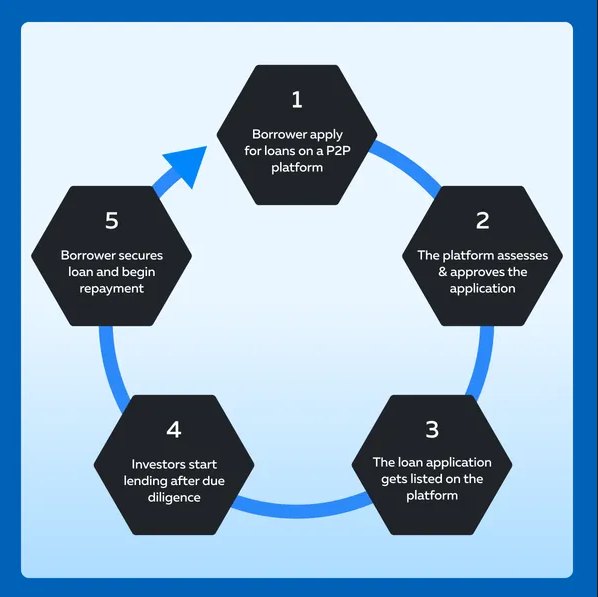
What's the Downside?
When the older kids show up, sometimes they take over the game. That’s what some small investors feel like.
Here are a few concerns:
- Small investors might get fewer chances to invest in the best loans because big investors often get early access.
- Big investors might ask for special rules or custom features, like automation tools or private loan pools, which smaller users don’t get.
- If those big investors pull out suddenly, it could shake up the whole system and reduce the amount of funding available.
And sometimes platforms start to focus more on big clients, which can make regular users feel left out.
A Look at the Benefits (When Things Go Right)
Now let’s not forget, big investors do bring value to the P2P lending world. Here’s what they help with:
- Scaling fast: Platforms grow quicker with more money.
- Technology upgrades: They can afford better tools.
- Lower default rates: With better data tools, the right loans are chosen more often.
- Market trust: When big players join, it can make others trust the system more.
Some platforms even split the space; offering certain products to institutions and others to retail investors.
What About Risk?
Lending money always comes with risk. What if someone doesn’t pay you back? Big investors often take on more risk to try to earn more money. They might be willing to invest in higher-risk loans, like to people with lower credit scores. But if those people can’t pay back, everyone could end up losing money.
Also, if the economy gets bad (during a recession or pandemic), big investors might pull their money out quickly. That could leave platforms scrambling and borrowers without funding. Even worse, if too many people lose money, they might stop trusting the platform at all.
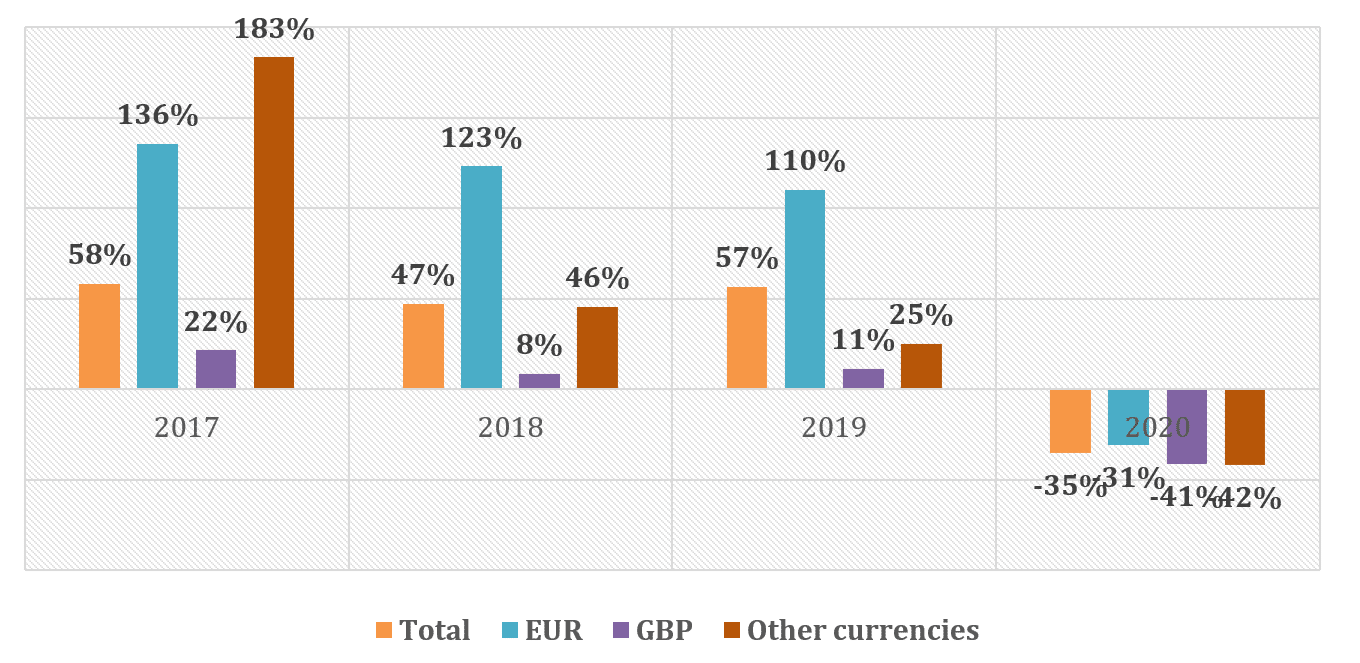
Are There Rules in Place?
Yes, but they need to keep getting better. Let’s look at how different countries handle this.
United States
In the U.S., P2P platforms are regulated by the Securities and Exchange Commission (SEC) and other local authorities. This means:
- Platforms must register and follow the same rules as companies that sell stocks and bonds.
- They have to share clear, honest info with investors.
- Lenders know what kind of risks they're taking.
Some states also have their own rules, so platforms must meet both national and state-level requirements.
European Union
The EU has new rules under the European Crowdfunding Service Providers Regulation (ECSPR) that began in 2021. These rules:
- Set the same standards across all EU countries.
- Make it easier for platforms to work in multiple countries.
- Require more transparency and risk warnings for investors.
United Kingdom
In the UK, P2P lending is regulated by the Financial Conduct Authority (FCA). The FCA rules say:
- Platforms must check borrowers carefully before approving a loan.
- Lenders must be given enough information to make a smart choice.
- There’s also a limit for new or inexperienced investors; they can’t invest more than 10% of their money until they understand the risks better.
Other Countries
In some places, like China, the government has cracked down on P2P lending after major scandals. Many platforms were shut down. Now, lending services there are strictly controlled by the central bank and financial regulators.
In places where rules are still developing, investors and borrowers need to be even more careful.
Some regulators are now asking platforms to clearly separate institutional activity from retail investing, so everyone knows what’s happening.
As big money enters the space, we need stronger laws and more fairness to make sure everyone plays by the same rules.
What Does the Future Hold?
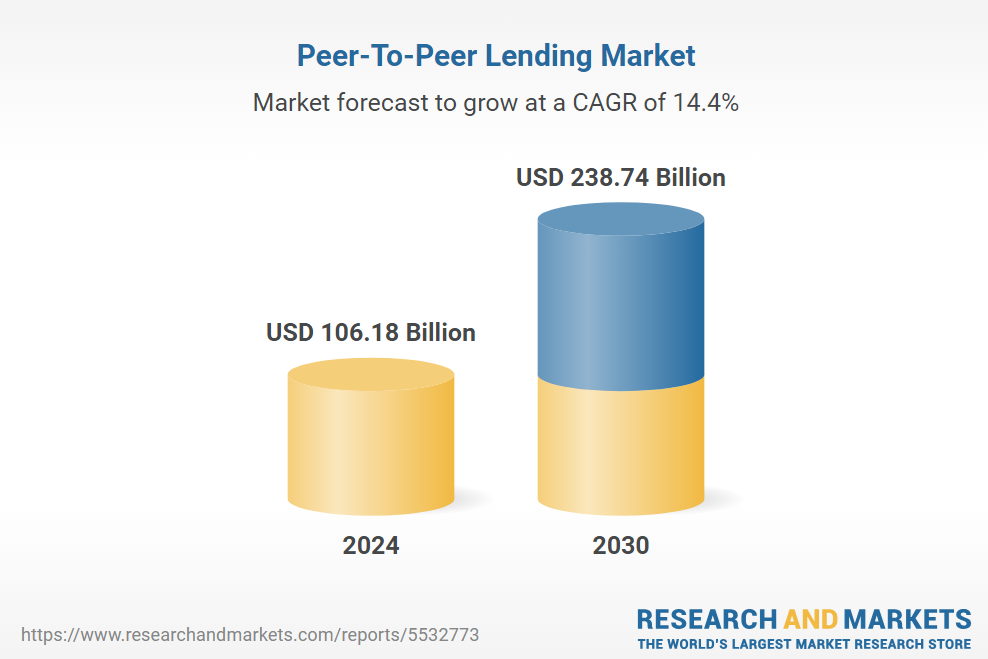
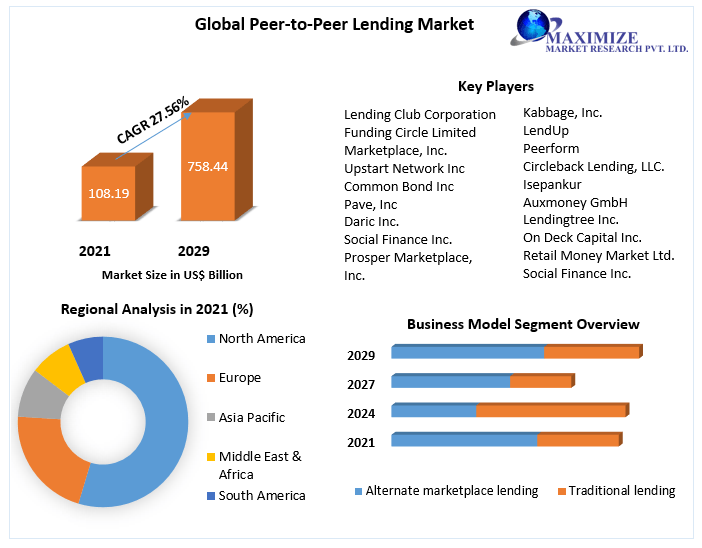
The good news? With better technology, more money, and more interest, P2P lending can grow even bigger and better.
However, platforms need to be strategic about scaling. That said, it is essential to find ways to accommodate the big investors, they must avoid prioritizing them to the detriment of small investors. One way to achieve this is to make sure everyone follows the same rules, and has equal access. Big investors shouldn't have exclusive access to products that will be useful to individual investors. The risks associated with platforms should be stated clearly so they will make informed decisions. And finally, user protection should be made a priority.
P2P lending is still one of the more exciting corners of the finance world. It’s not just about people borrowing and lending money. It’s about making that whole process feel more human, more direct, and honestly, a bit more empowering for everyone involved.
If you are interested in diversifying into financing into a variety of different projects, whether it be wine or small businesses, 8lends offers you the variety to provide for that desire.








